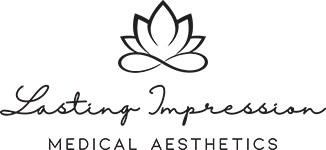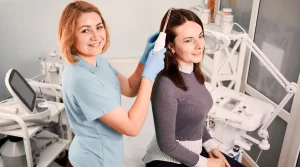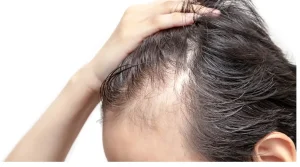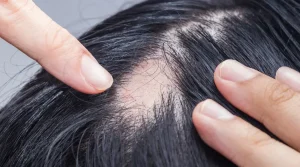How to Actually Stop Hair Loss: A No-Nonsense Guide
Let’s face it – we all want to keep our hair. Whether you’re noticing the first signs of thinning or just planning ahead, you’re in the right place. And yes, even if you could rock the bald look, it’s nice to have options, right? Let’s dive into what actually works for preventing hair loss, backed by expert advice from Dr. Galope, a leading dermatologist in Bergen County.
The Five Pillars of Hair Loss Prevention
Ever wondered what might be causing your hair loss? Learn about the common causes of hair loss in men to better understand your situation.
1. Time Is Your Best Friend (Don’t Wait!)
Here’s the golden rule of hair loss prevention: the earlier you act, the better your results. Notice more hair in your sink than usual? Seeing some thinning spots? Don’t wait around hoping it’ll fix itself. Your first stop should be a board-certified dermatologist who can:
- Evaluate your specific situation
- Look at the microscopic details
- Create a personalized treatment plan
- Track your progress effectively
2. Build Your Anti-Hair Loss Arsenal
Let’s talk about the heavy hitters in hair loss prevention. These aren’t just trendy solutions – they’re scientifically proven treatments that actually work:
Finasteride (The DHT Blocker)
- What it does: Blocks DHT production. Finasteride is a prescription treatment—see when and why hair loss medications may be necessary.
- How to use: 1mg daily pill (prescription required)
- Pro tip: Watch for rare side effects under doctor’s supervision
- New development: Now available in topical forms
Minoxidil (The Growth Stimulator)
- What it does: Boosts blood flow to follicles
- When to use: Twice daily application. Learn more about the best hair loss treatments for men that include Minoxidil, PRP, and more.
- What to expect: Possible initial shedding (don’t panic!)
- Best for: Crown of the head
PRP (The Premium Option)
- What it is: PRP uses your own blood’s platelets. Discover how PRP can be a premium option for hair loss treatment and stimulates natural healing and growth.
- Treatment schedule: Monthly for 4 months, then maintenance
- Investment: Around $1500 per session
- Results: Natural healing and growth stimulation
LLLT (The High-Tech Solution)
- What it does: Uses lasers to stimulate follicles
- Options: In-office or at-home devices
- Time commitment: 5 minutes daily
- Cost-effective alternatives: Home devices like TURBO or iRestore
3. Fuel Your Follicles
Skip the random vitamin aisle browsing. Instead, focus on nutrients your hair needs, like home remedies for hair loss, which include saw palmetto and anti-inflammatory compounds.
- Targeted supplements like Viviscal and Nutrafol
- Nutrients your hair actually needs
- Ingredients that fight DHT (saw palmetto)
- Anti-inflammatory compounds (ashwagandha)
4. Upgrade Your Hair Care Game
Your shampoo might not be the miracle worker you hoped for, but it can still help:
- Look for DHT-fighting ingredients
- Use saw palmetto or pumpkin seed oil products
- Wash 2-3 times weekly
- Always condition daily
5. Lifestyle Changes That Matter
Time to talk about what’s stressing your strands:
Stress Management
- Get regular sleep
- Exercise consistently
- Stay hydrated
- Limit alcohol and smoking
Diet Dos
- Increase protein intake
- Add healthy oils
- Focus on nutrient-rich foods
Daily Habits
- Don’t overwash or underwash
- Be gentle with styling
- Maintain scalp health
The Bottom Line
While hair loss can feel overwhelming, you’ve got more control than you might think. The key is taking action early and staying consistent with your treatment plan. Remember, this isn’t about finding a miracle cure – it’s about using proven methods in a systematic way to protect and maintain your hair health.
Ready to take control of your hair health? Start with a visit to your dermatologist. They can help you create a personalized plan that fits your lifestyle, budget, and hair goals. Remember, your future self (and your future hairline) will thank you for starting now.
Note: Always consult with a board-certified dermatologist before starting any hair loss treatment regimen. What works for others may not work for you, and professional guidance is essential for optimal results.





